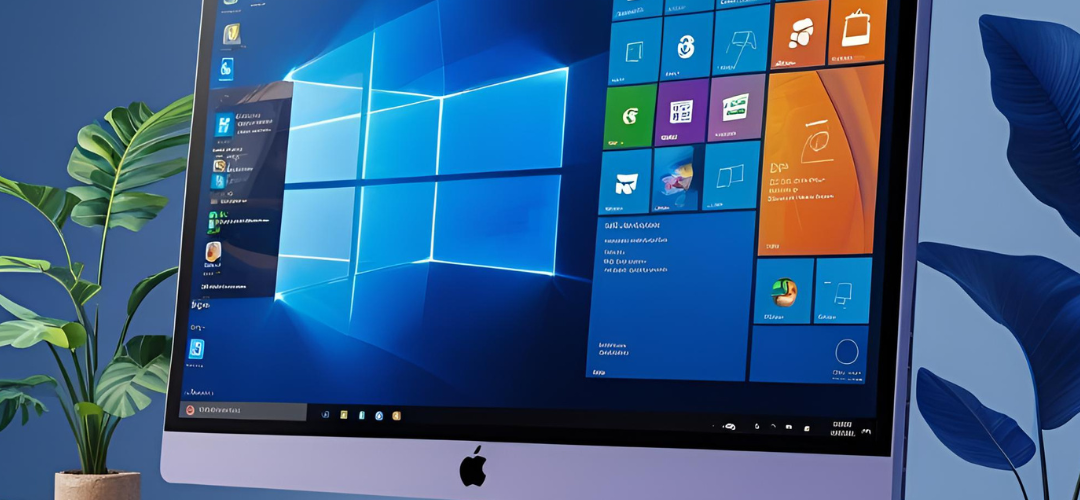With the transition from Windows 10 to Windows 11, many users have experienced a shift in interface and functionalities that may not align with their preferences. If you’re one of those users yearning for the familiarity of Windows 10, you’re not alone. Fortunately, there are ways to tweak Windows 11 to get a more Windows 10-like experience.
Restoring Media Controls
One significant feature from Windows 10 that users have missed in Windows 11 is the seamless media controls that appeared when laying media using keybinds. In Windows 10, these controls would pop up on the left side of the screen, allowing for quick actions like play, pause, and skip. Windows 11, however, introduces a more minimalist approach that some find less user-friendly.
To bring back more prominent media controls, you can use third-party applications. Programs like “Media Player Classic” or “VLC” offer extensive media controls and can help replicate the experience. For a more system-integrated solution, consider customizing Windows 11 notifications through the Settings app. While it won’t completely replicate the Windows 10 functionality, a little experimentation with notification settings might yield a more satisfying media playback experience.
Another workaround is to look for keyboard shortcuts and hotkey settings in your media application. Some apps let you customize shortcuts to perform play, pause, and other functions quickly; explore these options to streamline your media interaction.
Volume Bar Adjustments
Windows 11 also brings a different experience when adjusting volume levels, which can feel disconnected from how it worked in Windows 10. Specifically, users have noted that the volume adjustment bar does not apply to media playback in the same way. To address this, users can use the “Sound settings” found under the System section in Settings.
In the Sound menu, ensure your output device settings are correctly configured. If you’re utilizing a media app, right-click the speaker icon in the taskbar, select “Volume Mixer,” and manage the volume for individual applications. This mixer behaves similarly to the older Windows interfaces, allowing more straightforward volume control for media applications.
Bringing Back the Classic Print Screen Functionality
Another functional change that may annoy former Windows 10 users is the Print Screen (PrtSc) function. While Windows 11 has integrated the Snipping Tool (now called “Snipping”) into the PrtSc command, many users prefer the one-click edit-and-paste functionality that was the hallmark of Windows 10.
To get back some of the classic functionality, you can remap the Print Screen key to be more akin to Windows 10’s behavior. You can do this through the Settings app by navigating to Ease of Access, then selecting Keyboard. Here, you can find options related to the Print Screen button. While there’s no direct way to revert entirely to the old functionality, experimenting with keyboard shortcuts can help you find a suitable alternative.
Conclusion
Although Windows 11 has officially replaced Windows 10, you can reintroduce familiar features and improve your experience with a little customization. Whether you’re restoring media controls, tweaking the volume settings, or adjusting how the Print Screen button functions, there are multiple pathways to rekindle the usability of the previous system. With these changes, you can tailor Windows 11 to fit your preferences more closely and ease the transition from your beloved Windows 10.





Add comment